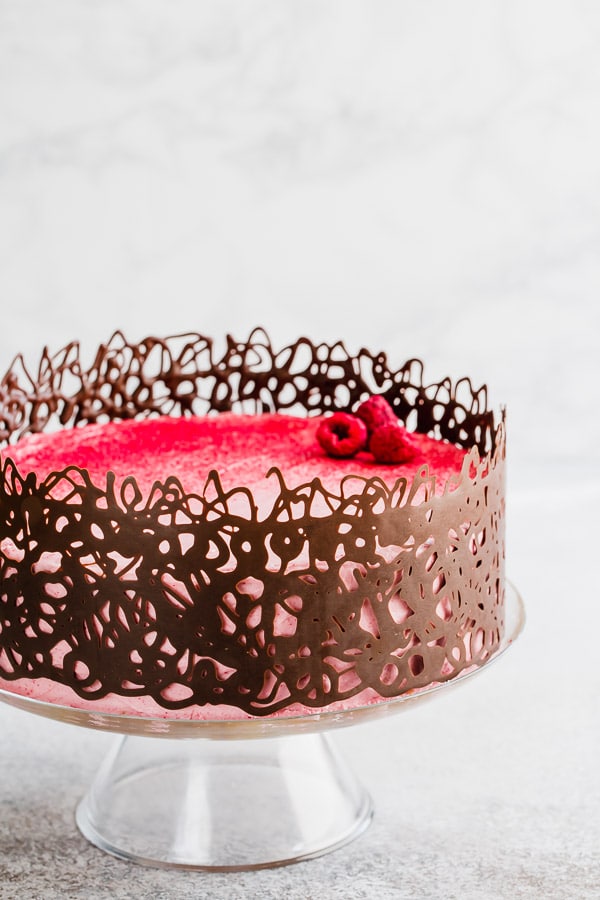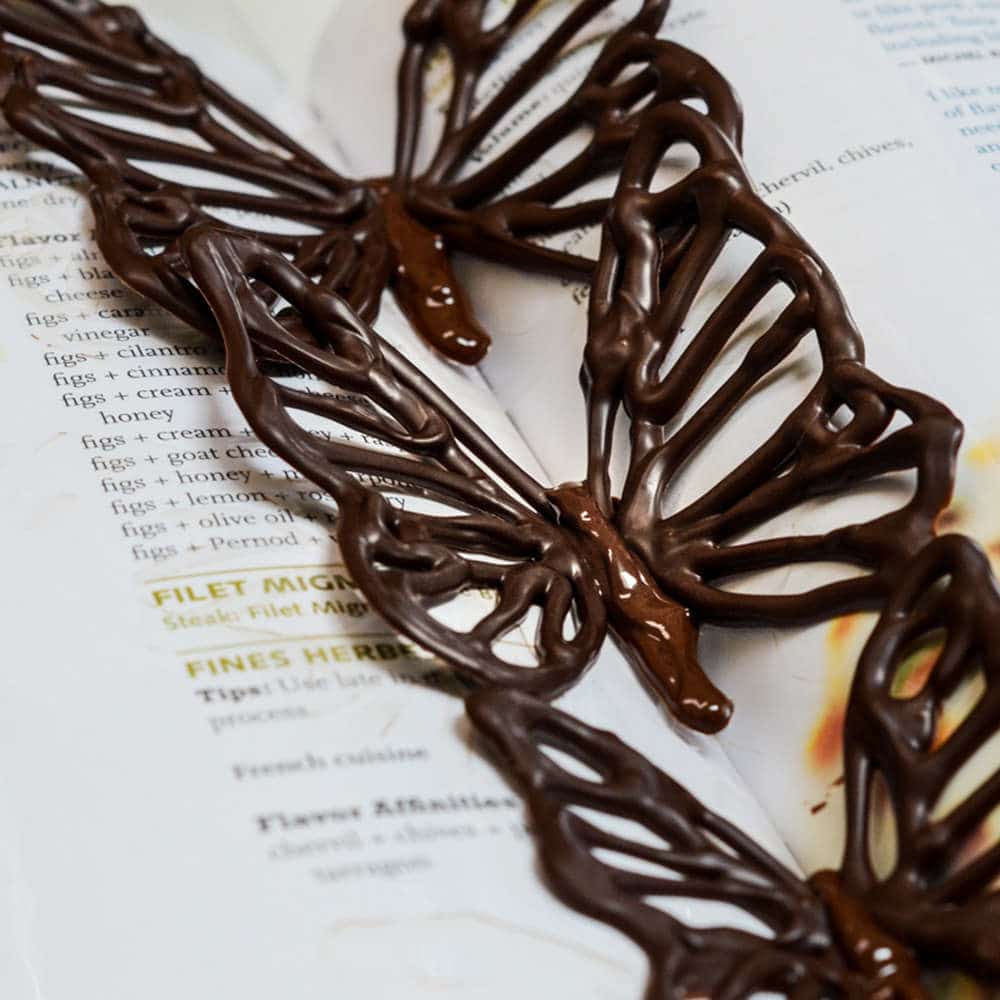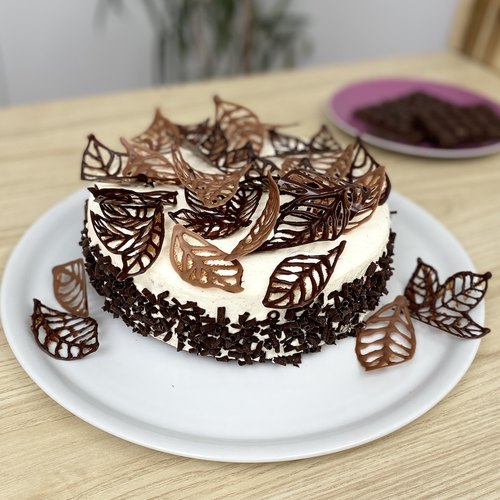Chocolate is one of the most beloved treats across the world, cherished for its rich flavor and versatility. But beyond just taste, the decoration of chocolate can elevate any confection into a stunning work of art. In this comprehensive guide, we will explore various techniques and ideas for decorating chocolate, whether you’re a professional chocolatier or a home baker looking to impress your family and friends.
Why Decorate Chocolate?
Decorating chocolate serves multiple purposes. Not only does it enhance the aesthetic appeal of your desserts, but it can also add flavor and texture. Here are a few reasons why you should consider decorating your chocolate creations:
- Visual Appeal: A beautifully decorated chocolate is eye-catching and can make any occasion special.
- Personal Touch: Decorating allows you to express creativity and customize chocolates for occasions, from birthdays to weddings.
- Enhanced Flavor: Adding toppings or fillings can introduce new flavors and textures that complement the chocolate.
Essential Tools for Chocolate Decoration
Before diving into decoration techniques, it’s essential to have the right tools. Here’s a list of must-have items:
- Heatproof bowls
- Spatulas
- Piping bags
- Silicone molds
- Offset spatula
- Decorative sprinkles, edible glitter, and colored cocoa butter
- Chocolate cutters and molds
Types of Chocolate for Decoration
Understanding the different types of chocolate will help you choose the right one for your decorations. Here are the most common types:
| Type of Chocolate | Description | Best Uses |
|---|---|---|
| Dark Chocolate | Rich and bittersweet with a high cocoa content. | Truffles, ganache, and bars. |
| Milk Chocolate | Sweeter and creamier due to added milk solids. | Baking, dipping, and candy bars. |
| White Chocolate | Contains cocoa butter, sugar, and milk solids; no cocoa solids. | Decorative elements and coatings. |
Techniques for Decorating Chocolate
1. Drizzling
Drizzling melted chocolate over a solid chocolate base creates a beautiful pattern. To achieve this technique, follow these steps:
- Melt chocolate using a double boiler method.
- Transfer the melted chocolate to a piping bag.
- Drizzle the chocolate over the cooled chocolate surface in a back-and-forth motion.
Pros: Simple, versatile, and visually appealing. Cons: Requires steady hands for even drizzles.
2. Dipping
Dipping is a classic technique that works well for fruits, cookies, and even pretzels. Here’s how to do it:
- Prepare your items to be dipped (like strawberries or cookies).
- Melt your chocolate until it’s smooth.
- Dip each item into the chocolate and allow the excess to drip off.
- Place on parchment paper to cool.
Pros: Great for adding flavors and textures. Cons: Can be messy if not done carefully.

3. Use of Sprinkles and Edible Decorations
Edible decorations such as sprinkles, nuts, or shredded coconut can add a pop of color and texture. To decorate, simply:
- Dip or drizzle chocolate onto your base.
- Sprinkle your decorations while the chocolate is still wet.
Pros: Easy to do and widely variable. Cons: Some decorations may not stick properly if the chocolate cools too quickly.
4. Molded Chocolate
Using silicone molds can help you create unique shapes with decorated surfaces:
- Melt the chocolate and pour it into the mold.
- Tap the mold lightly to remove air bubbles.
- Allow to set, then remove from mold and decorate as desired.
Pros: Professional appearance with minimal effort. Cons: Requires purchase of molds.

5. Painting with Cocoa Butter
Colored cocoa butter can be used to paint intricate designs on chocolates. Here’s how:
- Melt colored cocoa butter in a small bowl.
- Using a brush, paint your design onto the hardened chocolate.
Pros: Allows for the most artistic designs. Cons: Requires practice for precision.
Common Mistakes in Chocolate Decoration
Even experienced decorators can make mistakes. Here are some common pitfalls and how to avoid them:
- Overheating Chocolate: Always melt chocolate gently; overheating can cause it to seize.
- Not Tempering Chocolate: Failing to temper chocolate can result in a dull appearance and poor snap.
- Using Too Much Moisture: Water can cause chocolate to seize. Make sure all tools are completely dry.

Chocolate Decoration Ideas for Every Occasion
1. Birthdays
Personalized chocolate bars or cupcakes with a birthday theme can be a hit. Consider using:
- Colorful sprinkles
- Chocolate numbers or letters
- Whipped cream and fruit toppings
2. Weddings
Elegant chocolate favors can surprise guests. Ideas include:
- Monogrammed chocolates
- Chocolate-covered strawberries
- Gold or silver edible dust for a classy finish

3. Holidays
Seasonal decorations can enhance chocolates for various holidays:
- Halloween: Use orange and black sprinkles, shapes like ghosts and pumpkins.
- Christmas: Incorporate red and green, peppermint flakes, or snowflakes.
- Valentine’s Day: Use heart-shaped molds or pink and red color schemes.
FAQs about Chocolate Decoration

What type of chocolate should I use for decoration?
The best choice depends on your project. Dark chocolate is great for a rich flavor, while white chocolate is perfect for bright colors and decorations. Milk chocolate offers a balance for sweeter applications.
How do I ensure my chocolate decorations hold up?
Always temper your chocolate and apply decorations while it is still warm and pliable. Proper storage in a cool, dry place also helps. Avoid humidity, which can cause chocolate to soften or bloom.

Can I decorate chocolate a day in advance?
Yes, decorated chocolates can generally be made a day in advance. However, be cautious with moist decorations as they may affect the chocolate’s integrity over time.
How can I make my chocolate decorations more colorful?
Using colored cocoa butter, food-safe colorings, and edible glitter can add vivid colors to your chocolate creations!
Final Thoughts
Chocolate decoration is an art that combines creativity, technique, and a sprinkle of love. With the right tools and techniques, anyone can transform simple chocolate into exquisite works of art. Whether you’re celebrating a special occasion or just indulging yourself, take the time to experiment with different decoration methods. Remember, practice makes perfect, and each attempt is a step toward becoming a true chocolate artist!